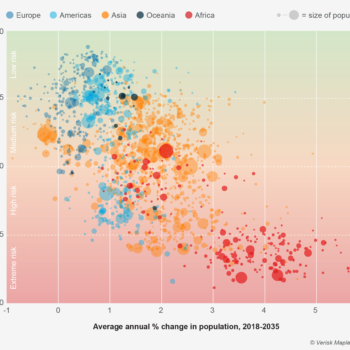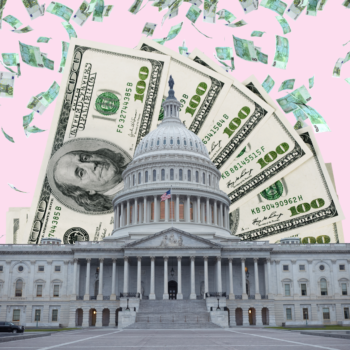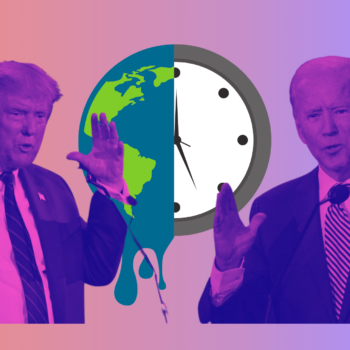The National Environmental Policy Act has protected American communities—in particular, communities of color—from invasive, environmentally destructive infrastructure projects for fifty years. Last month, courts curtailed NEPA substantially.
NEPA requires federal agencies to appraise infrastructure and construction plans for their related environmental, social and economic effects.
Busy? Try the speed read.
Good stuff to know Under normal circumstances, NEPA sets a hard, but simple line for federal action on construction projects. Before the government can move ahead with a proposed project, it must:
- Determine the future environmental impact of the project
- Alert the public of its plans
- Consult other alternatives to the proposal
- Invite public commentary
The court ruling NEPA applies to ‘major federal actions,’ and courts have recently interpreted this term broadly.
What it means The Trump administration may pick and choose which of its projects count as ‘major federal actions’. Discretion on a project’s classification lies with the agencies overseeing its completion.
Now, ‘cumulative” and “indirect’ effects are no longer required for agencies’ consideration. With that, NEPA maintains that decisions must “make sense for tomorrow as well as today.”
Bottom line This broad interpretation of NEPA eviscerates two of the most important protections of the act.
Civil rights lawyers and community activists alike will join forces to defeat this deafening blow to vulnerable communities in the latest series of Trumpian environmental rollbacks.
Dig deeper → 2 min
An Overview of NEPA
Under normal circumstances, NEPA sets a hard, but simple line for federal action on construction projects. Before the government can move ahead with a proposed project, it must:
- Determine the future environmental impact of the project
- Alert the public to its plans
- Consult other alternatives to the proposal
- Invite public commentary
Changes from court’s ruling on NEPA
- Time limits NEPA reviews will have time limits of one year for environmental assessments (EAs). They will have two years for environmental impact statements (EISs).
- Project standards When several federal agencies have authority over a submitted project, they must organize their timeline for construction so that they do not accidentally overlap during construction. If possible, they must submit a single document describing each agency’s involvement, record of a combined decision, and finding of no significant impact (FONSI).
- Restrictions The rule slightly tightens restrictions on categorical exclusions. These are circumstances that might allow agencies to skip the review of the environmental impact. It may not have a significant effect, but agencies may now use other agencies’ categorical exclusions legitimately.
- A win for Native Americans The new NEPA requires federal agencies to further incorporate Native American communities into NEPA reviews. This allows them to stand as cooperating agencies. It also requires their input on NEPA review timelines.
- Information over involvement The new rule cuts the 30-day public comment period that typically follows the release of the environmental impact statement (EIS). Agencies now have more control over whether or not public meetings or hearing are necessary. Now, the law emphasizes the disclosure of information to the public over public involvement.
The Nitty-Gritty of the White House’s New Rule
The statute applies to ‘major federal actions’, and courts abbreviated NEPA to interpret this term broadly.
Therefore, the Trump administration may pick and choose which of its projects count as ‘major federal actions’. The White House precludes projects with ‘minimal federal funding or involvement’ that lessen an agency’s jurisdiction over project results.
Ultimately, discretion on a project’s classification lies with the agencies overseeing its completion.
Secondly, the new rule narrowly interprets the definition of a project’s ‘effects’ that must be examined before initiation.
Now, ‘cumulative’ and ‘indirect’ effects no longer require an agency’s consideration. With that said, NEPA maintains that decisions must “make sense for tomorrow, as well as today.”
Inevitably, this broad interpretation of NEPA eviscerates two of the most important protections of the act.
Civil rights lawyers and community activists alike will join forces to
defeat this deafening blow to vulnerable communities in the latest series
of Trumpian environmental rollbacks.













No Comments